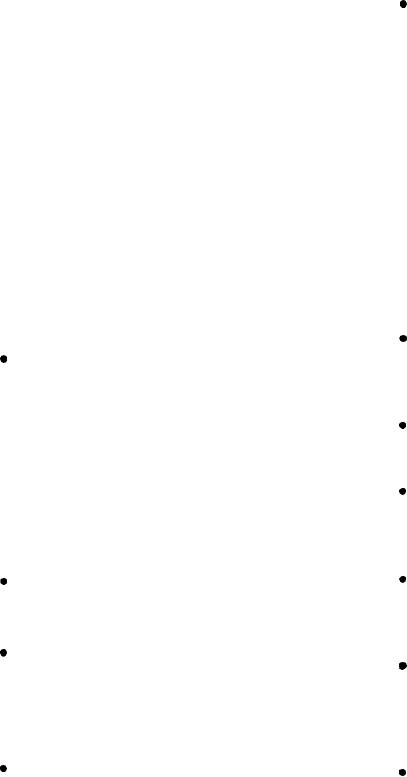
CLEARING THE THOROUGH
rinse. Drain the water billets or fabric tanks of water.
DECON SITE
Inspect all equipment and vehicles for contamination,
using the appropriate detection equipment. If no
Once all vehicles and personnel from the
contamination is detected, load the equipment on the
vehicles. Spread one can of STB into each sump and
contaminated unit have been processed through the
then cover the sumps. Post NBC hazard markers near
thorough decon site, the site can be closed. The COC
the covered sumps.
will ensure that all contaminated elements have been
processed.
NOTE: While DS2 destroys the chemical agents,
some by-products created are also toxic.
The decon team closes the DED first. Once the
Station 5--Monitor. Check all the equipment
DED is closed, the decon team processes through the
for contamination. If it is not contaminated, load it on
DTD. After the decon team has processed through the
a vehicle. If it is contaminated, then decontaminate it.
DTD, the DTD is then closed. Once the DTD is
Throw contaminated supplies into the nearest sump.
closed, the decon team marks the area as a
Move all the vehicles just upwind of station 5 and
contaminated area and reports its exact location to the
inspect them again for contamination. If any
COC. The COC informs higher headquarters using an
contamination is detected, the crew will use Ml 1 or
NBC 4 report.
M13 DAPs to decontaminate the identified areas.
Once the vehicles are decontaminated, all personnel
Closing the Detailed Equipment
will proceed to the DTD.
Decon Area
Closing the Detailed Troop Decon Area
The DED is closed in sequence, starting at station
Once all personnel from the DED have been
1. All vehicles, equipment, and nonexpendable
processed through the DTD, the DTD may be closed.
supplies are inspected for contamination. If
After the last person has exited the DTD, the following
contamination is found, it is decontaminated. The
steps for closing the DTD are as follows:
actions at each station are described below.
Pickup all used supplies from station 7 and put
them in the station 7 sump. Pickup the contamination
Station 1--Initial Wash. Spray all vehicles and
control line. If tape was used, dispose of it in station 7
equipment with hot, soapy water to remove any
sump.
contamination that could have been transferred during
initial wash operations. Drain the water billets or fabric
Move all usable supplies and equipment from all
tanks of water. Inspect all equipment and vehicles for
the stations to station 1. Discard unusable supplies from
stations 5, 4, and 3 into station 1 sump.
contamination, using the appropriate detection
equipment. If no contamination is detected, load the
Decontaminate all supplies and equipment
equipment on the vehicles. Spread one can of STB into
collected at station 1, using the decontaminant and rinse
each sump and then cover the sumps. Post NBC hazard
water at station 1. Empty the rinse and decontaminant
containers from station 1 into the sump.
markers near the covered sumps.
Mark the entire decon area. Remove the
Station 2--DS2 Application. Throw mops and
overgarments using the MOPP gear exchange
brushes used in applying DS2 into a sump or bury them.
technique and dispose of the overgarments in the sump
Load unused cans of DS2 and M13 DAPs on a vehicle.
at station 1.
Station 3--Wait/Interior Decon. Inspect any
Move any equipment used to fill the sump
unused supplies and equipment for contamination. If
upwind of the decon area. Decontaminate the rubber
no contamination is detected, load the equipment and
gloves and move all the equipment and supplies in station
supplies on a vehicle. Throw contaminated supplies
1 upwind of the decon area. Keep this equipment and
into the nearest sump.
supplies separate from that used to fill the sump.
Station 4--Rinse. Spray all vehicles and
Your overboots and gloves may now be
equipment with hot, soapy water to remove any
contaminated. Remove them. Dig a hole and bury
contamination that could have been transferred during
them. Mark the hole and/or area.
6-33

